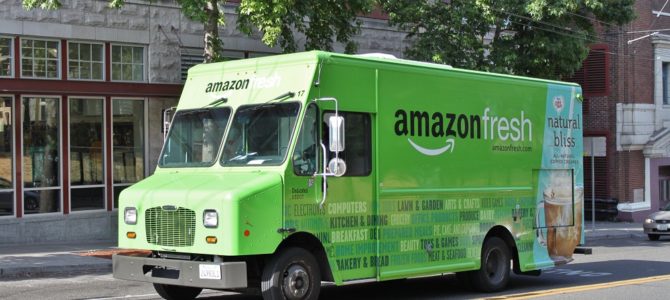
I’m a lawyer in New York City, currently working from home due to the coronavirus shutdown. For me it’s working quite well.
Almost all of my work was done on computer, internet, and phone even when I was doing it in an office, so doing it from a home equipped with a computer, internet, and phone is not really much of an inconvenience. In fact, comparing the distance from my home to my old office and the distance from my bedroom to my living room, one could reasonably argue it is more convenient.
However, I don’t think it’s quite that simple. I am only able to work remotely so well because of a vast infrastructure of people who cannot work remotely. Gov. Andrew Cuomo’s stay-at-home directive excludes people in “essential” jobs. What are those?
My apartment building staff still comes to work every day, as before. When I go to the grocery or drug store, they are all fully staffed with greeters, stockers, counter workers, check-out people, and so forth. Contrary to images of New York shown on TV, the streets are full of people delivering groceries and online food orders to my neighbors.
Behind all those is a vast network of truck drivers, warehouse staff, factory and agricultural workers, and untold more keeping the goods flowing so my neighbors and I can carry on with our income-producing remote work.
That’s not all. Construction crews work regularly outside my building maintaining the water and power I need to work remotely in comfort. Police, fire, and other safety workers carry on, as do the drivers of all the FedEx, UPS, and other delivery trucks daily bringing every manner of goods to my remote working neighbors.
Also, of course, when I walk to the grocery store, I pass a great hospital full of hard-working people. The large majority of these heroic medical staff are not well-paid physicians, but nurses, paramedics, cafeteria and custodial staff, and the like.
What do all these folks who cannot work remotely have in common? One term can cover almost all of them, a term nowadays usually only found in the rhetoric of aged lefties like Bernie Sanders or Jeremy Corbyn. These folks are working class.
As an odd byproduct of our strange circumstances, they can readily be distinguished from my class, the class of professionals and managers. My class can work remotely. The working class generally cannot.
This new working class, like their pre-computer counterparts, is more numerous and makes less money than those who can do their work on a computer. A recent study at the University of Chicago concluded that only 37 percent of jobs in the United States can possibly be performed remotely. It also found that these remote jobs account for 46 percent of wages.
Of course, there are exceptions. Physicians are well-paid, but are working shoulder-to-shoulder with the working-class nurses and orderlies on the front lines of combating the pandemic. But by and large, this class divide is as much about wealth as working by computer.
It is a divide between those with investment accounts, and those who live paycheck to paycheck. It is a divide between those who know what it’s like to be on unemployment without knowing where their next job will come from, and the securely employed, such as government bureaucrats, tenured professors and the golden-parachuted, for whom working remotely is just an “inconvenience” (a term I’ve heard Dr. Anthony Fauci use to describe the shutdowns).
This distinction between those who can do their work on a computer, and those who must directly interact with people and things to do their work, has been developing for a long time. But the current crisis has highlighted it more starkly than ever. Indeed, the current crisis has all the marks of a classic class conflict.
On one hand there is a managerial and professional class that can work remotely, or has financial resources to weather a long-term shutdown. It is among this class that one finds the advocates of maintaining the shutdowns until a vaccine is found, such as media talking heads, politicians, and career public health experts.
On the other hand, a large part of the working class has been driven out of work entirely as numerous working-class-staffed industries have shut down. These folks largely do not have the wherewithal to go a year or more without income until a vaccine is developed.
This effect has been well-evidenced by the massive unemployment numbers. Less noted so far are all the working class people described above, who must go to work and face continuing risk of COVID-19 exposure. It is these people who enable the managerial class to successfully and profitably continue their remote work in isolated self-protection, all while promoting a shutdown of indefinite duration. Is this not a scene from a Upton Sinclair or John Steinbeck novel waiting to be written?
Now, a temporary shutdown may have been justified so hospitals were not overwhelmed. And while we cannot wait an indeterminable time for a vaccine, we do seem to have quick tests available now. However, we need to vastly expand the testing infrastructure, with the goal of giving everyone access to regular testing.
That said, to those deciding the difficult balance of factors required to phase out of our current restrictions, please remember that the shutdowns are affecting the working class far more severely than the decision-making class. Also, to those crying for the shutdown to continue until we have a vaccine, can we ask this?
Sitting in your home office, well supplied with all the necessities by untouchable delivery people, please spare us the “we’re all in this together” pablum. You are sitting in comfortable self-protection only because the delivery people and their brothers and sisters of the new working class are out on-site at their jobs, working to fill your and your fellow elites’ every need.









